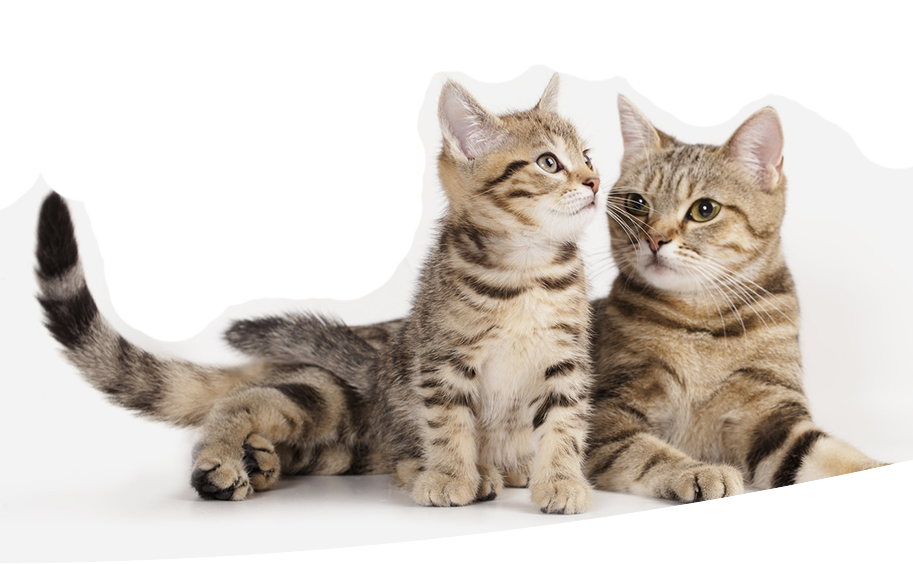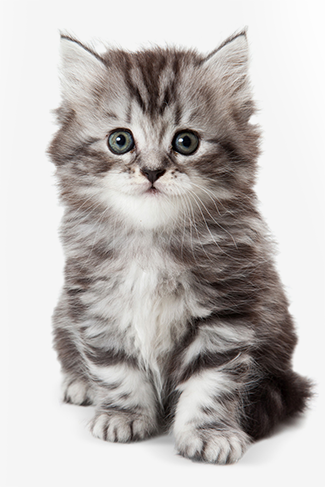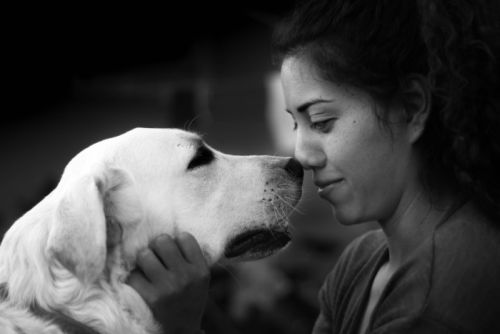How Does Cat Insurance Work?
Cat insurance is similar to your own health care insurance policy. It covers the cost of medical procedures, surgeries, tests, and treatment. The services your policy covers will depend on the company that you choose.
Cat insurance can be an extremely beneficial resource for pet owners. Anyone who has ever taken their pet to an emergency clinic knows how intimidating it can be to get the bill for veterinarian services afterward. The number of tests, x-rays, and medication often is more than the pet owner can afford. And that can be extremely discouraging news for any pet owner. Fortunately, there are now cat insurance plans available to help take care of part or all of these expenses.
Practically all cat insurance policies work the same regardless of what company you choose. However, there may be some differences in coverage options that you should be aware of before you decide.
- Reading up on reviews can be useful when you are trying to find a plan. It's essential to research each company and choose a plan you will benefit from financially. You also should find a plan your pet will benefit from it based on the coverage offered.
- If you have a cat with a severe health condition and your policy has an affordable premium but doesn't pay much for treatment, it isn't going to save you much money over time. Cat insurance can help make those routine visits to your veterinarian more affordable. You could be saving hundreds of dollars at each checkup by just paying a small co-pay instead of the full amount.
- It can also be a lifesaver when you have to take your pet in for urgent care, and they need expensive treatment such as surgery. You could avoid trying to come up with thousands of dollars to save your faithful pet and instead pay a more reasonable amount for the care that your kitty needs.
Overall, pet insurance for cats, kittens, or dogs is a worthwhile investment. For a small fee each month, you can ensure your fur baby will be with you for as long as possible. Feel free to browse our website to learn more about the top companies and what each one has to offer.
What does a Cat Insurance policy cover?
When comparing companies, it's essential to know the inclusions and exclusions with each plan. Pet insurance is designed to help pay for those unexpected injuries or illnesses that no one plans for. The most affordable policies out there will often pay for minimal treatment such as wound care, broken bones, or if your cat accidentally swallows a foreign object. Comprehensive plans cover a broader range of treatment options like emergency surgery or treatment of severe illnesses such as cancer.
- With most pet insurance plans, common injuries and illnesses will be eligible for coverage. This is if they are not related to any preexisting health issues or hereditary conditions. The same scenario is true with practically all policies out there. There are currently no companies that will cover preexisting conditions.
The refusal to pay for preexisting conditions can make it difficult for some cat owners to take out a policy. If a cat was diagnosed with a health condition before you take out a policy, that could make them ineligible for health insurance. Or their coverage options may be limited from some providers.
Let's use hypothyroidism as an example. Hypothyroidism causes the thyroid gland not to be as active as it should be, and the endocrine system doesn't yield the correct amount of thyroid hormone. This condition could lead to other serious health concerns such as kidney disease or heart issues.
Even if your cat, who has hypothyroidism is eligible for pet insurance, they may be denied coverage or provided a limited coverage since the disease can lead to other severe conditions. Therefore, it's essential to understand the exclusions of a policy before you apply. Consider your cat's previous health issues. Use this information to find out about any potential conditions or follow up treatments that may be excluded due to this past diagnosis.
- Also, most companies will not provide coverage for routine checkups, grooming services, or cat dental health services. But some providers will allow you to pay extra for wellness and dental care.
What coverage is often excluded?
Unfortunately, most pet insurance companies will not cover many types of accidents, injuries, and illnesses.
Here are some of the most common exclusions.
- Preexisting Conditions. A preexisting condition includes any illness that was diagnosed by a veterinarian before you enrolled your pet in a policy. There are no companies that offer coverage for preexisting conditions. Additionally, pet owners should know that injuries or illnesses that may be caused by a previous disease are considered preexisting and not eligible for insurance coverage.
- Bilateral Conditions. Bilateral conditions are in the same category as preexisting conditions. If your cat has an injury to one side of their body, such as a torn ligament on their left, many insurance companies feel your pet has a much higher risk of having the same issue on the right side of their body. Due to the increased risk, these providers will not offer coverage for your pet if they already had the same ailment on one side of their body.
- Hereditary Conditions. Some pet breeds are more prone to certain diseases than others. If that is the case with your cat, it's possible your pet insurance provider will not offer coverage for an illness considered heredity for your breed.
- Routine and Preventative Care. Routine and preventative care is often the least expensive vet visits for your cat. That's why many companies do not pay for these services. Some companies offer a wellness plan you can add to your policy for an additional fee. While a wellness plan will help pay for routine care, it doesn't help you save money since you are paying more for coverage. In most cases, it's best to pay for these services out-of-pocket.
- Veterinary Exam Fees. Exams are a regular part of your cat's routine checkup with their veterinarian. These exams alert you and your vet of any current or potential issues your pet may experience. It is a very crucial part of their checkup visit. But many pet insurance providers will not cover exams, especially if they are not part of your cat's routine health care plan. This means if you take your cat to the vet due to an accident or illness, their exam during that visit may not be covered.
Some providers will reimburse for exam medical, even if the exam doesn't take place during a routine visit. However, most plans will not do this. Exams can cost between $50 and $250 in most practices.
What About Direct Pay?
Direct Pay is an optional reimbursement feature offered by some companies such as Pets Best Insurance. With this feature, pet owners can have the insurance company pay their veterinarian directly for any claim reimbursement amount. Pet owners still need to submit a claim along with a vet reimbursement release form to be directly reimbursed. It is a good option for those unexpected and costly trips to the veterinarian.
- Learn About Your Company's Reimbursement Percentage
Reimbursement is the amount that your pet insurance company will pay back to you for your pet's veterinarian expense claims. The percentage you receive can range between 60% and 100%, depending on the company you choose. The most popular cat insurance plans in the industry offer a reimbursement percentage of 80% to 90% of your total bill for each vet visit.
For Example, your total vet bill is $10,000, and your reimbursement rate is 90%. Once you subtract your deduction, which is typically around $200, you will be reimbursed $8,800 for your payment.
What is Deductible?
All insurance policies have deductibles, whether you are talking about cat insurance or your own health plan.
A deductible is the amount of the vet bill you must pay before the insurance company starts to pay you a reimbursement. Depending on the deductible amount you chose when you first took out your policy, you can pay it all at once or have it paid off over time.
Deductible options for pet insurance policies range from $0 to as much as $1000. With any type of insurance, a lower deductible leads to much higher monthly premiums.
What are the Annual Policy Limits?
An annual policy limit is a maximum amount your insurance company will pay toward your cat's vet bills every year. The amount for most companies often ranges between $5,000 and $15,000. Some pet insurance plans offer incident or lifetime maximum amounts; however, they are rare in this industry.

























